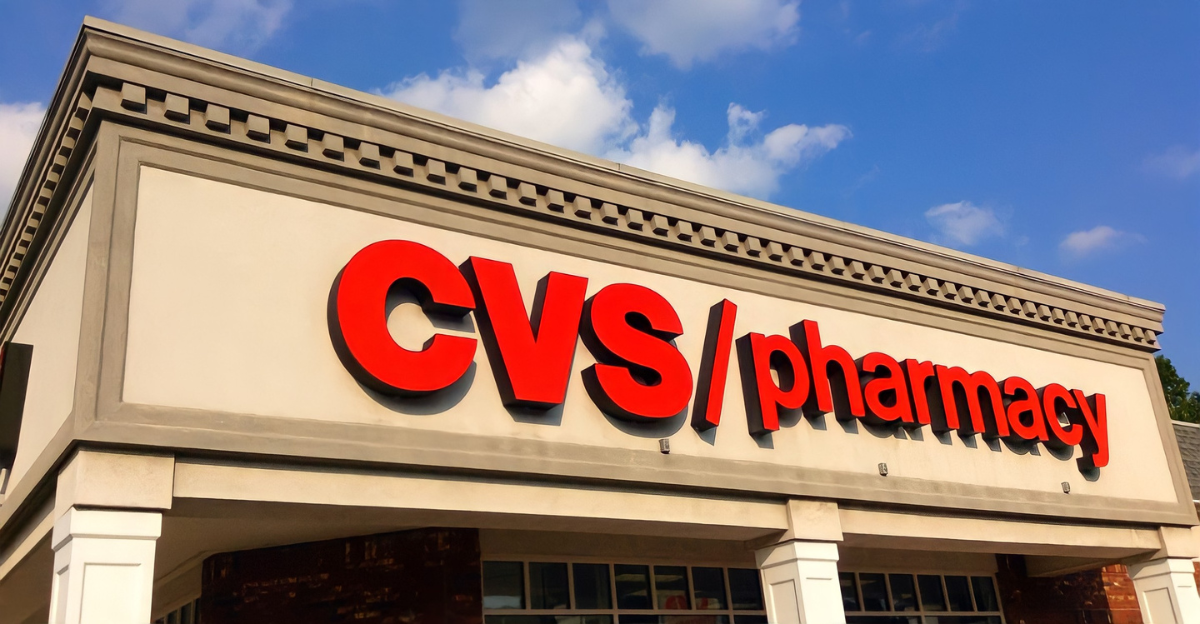
CVS cites “community health assessments” as justification for its footprint. Still, its competing move from an area like Troost Avenue in Kansas City, representing food insecurity and lack of health care access, discloses a harsh truth: profitability often outweighs public health considerations.” and compact pharmacies inside Target stores.
However, hidden beneath this corporate optimization is a frightening truth: not only does this closing affect CVS, which announced that 271 of its stores will close in 2025, but it also mentioned that 85% of Americans will still be within 10 miles of a CVS Pharmacy, which is questionable. The incredible contradiction and repositioning strategy indicate that they aren’t entirely leaving the business.
Unequal Pharmacy Access in Underserved Communities
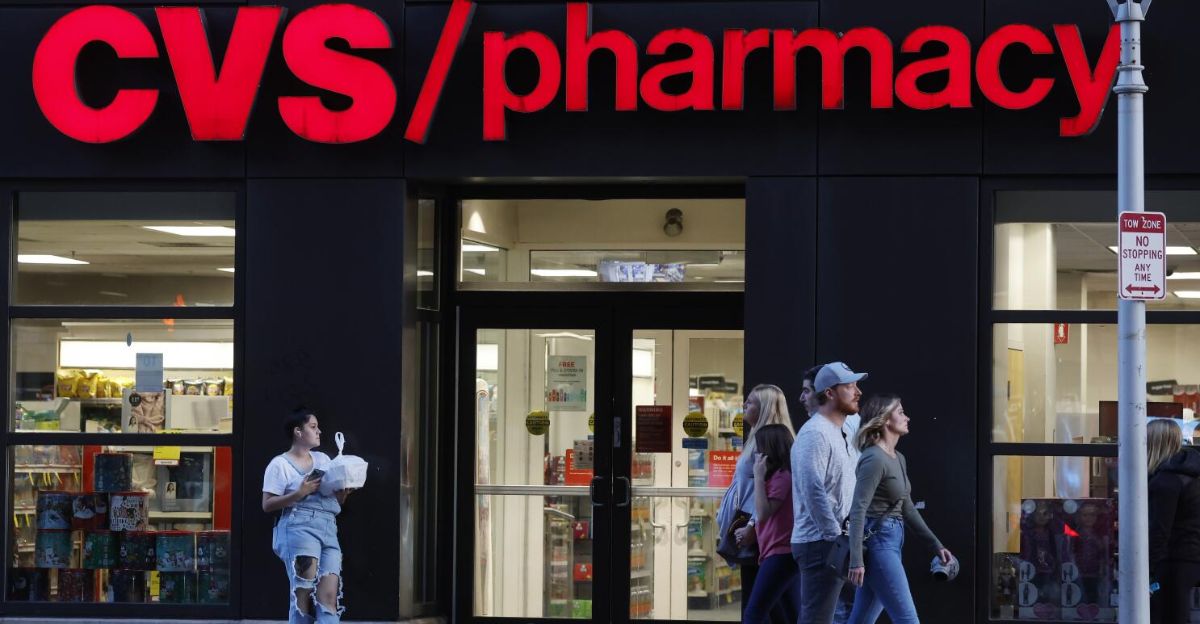
Pharmacy availability has always been inconsistent, and CVS’s latest store closures make it more erratic than ever. Black and Latino neighborhoods in the U.S. have 32% fewer pharmacies per capita compared to white neighborhoods.
Closing CVS stores in Chicago’s South Side and Washington, D.C.’s Anacostia removes access for these communities and widens the current disparity. Many underserved communities rely on pharmacies for basic healthcare due to physician shortages.
Despite claiming to assess community health needs, CVS’s closures in areas like Kansas City’s Troost Avenue, marked by food and healthcare insecurity, reveal that profit often outweighs public health concerns.
The Hidden Cost of PBM Control in Drug Reimbursements

To illustrate CVS’s retail problems, it is a structural financial issue from the pharmacy benefit managers (PBMs). These middlemen, who manage over 80% of prescription drug plans, often reimburse pharmacies less than the cost to acquire the medications. Ironically, CVS’s PBM, Caremark, is at least partly responsible.
His vertical integration creates a conflict of interest: the same corporation driving down reimbursements for its stores reaps profits from directing patients to higher-margin mail-order and specialty drugs. While CVS frames this as efficiency and innovation, critics argue it’s a form of corporate cannibalism that destabilizes community-based pharmacy care.
Crime, Closures, and Community Loss: The True Price of Retail Theft
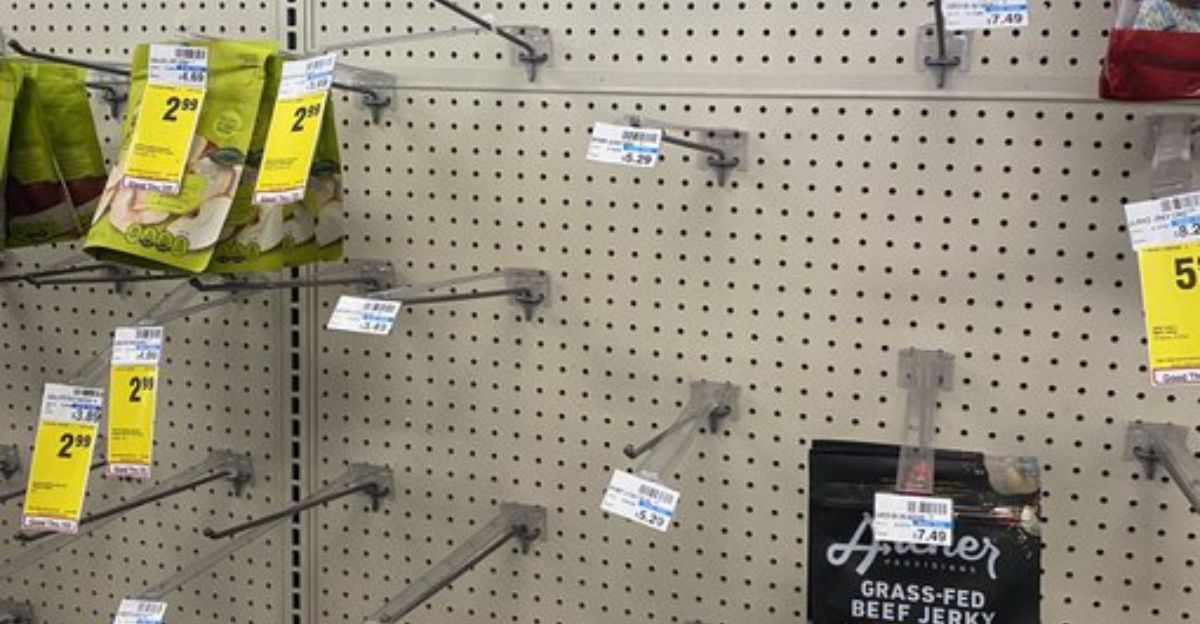
Retail theft costs CVS an estimated $3 billion annually, and while executives downplay crime as a closure factor, internal documents tell a different story. Urban locations like San Francisco’s Haight Street operate with margins 11% lower than average, making them prime targets for shutdown.
At 14% of city-based stores, security expenses now exceed rent. These escalating costs, declining foot traffic, and local crime concerns tip the balance toward closure. The sad irony is that the stores most at risk of theft are also frequently lifelines for communities suffering from addiction, food insecurity, and housing instability.
How E-Commerce Disrupts Traditional Pharmacy Visits
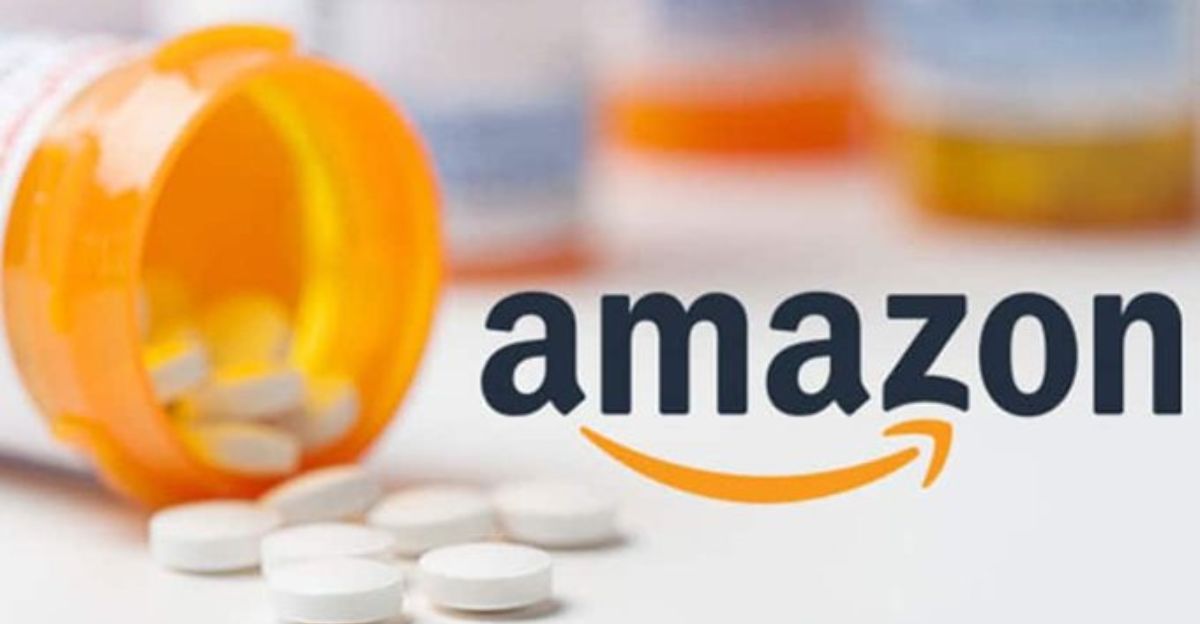
The digital revolution has changed how consumers behave, as Amazon and other online retailers now hold 43% of the over-the-counter drug sector. It is also apparent that consumers purchase less from CVS’s stores as foot traffic declines.
Rather than simply resisting the decline in foot traffic, CVS exploited the decrease for revenue. Closures of stores fuel what Carepass is; CVS’s subscription is for $5, which provides free delivery and discounts, and now has over 3.2 million members.
With each store closure, about 300 patients are sent to Carepass or other digital options, growing mail order volume and increasing profit margins.
The Battle Between Patient Care and Profit-Driven Decisions
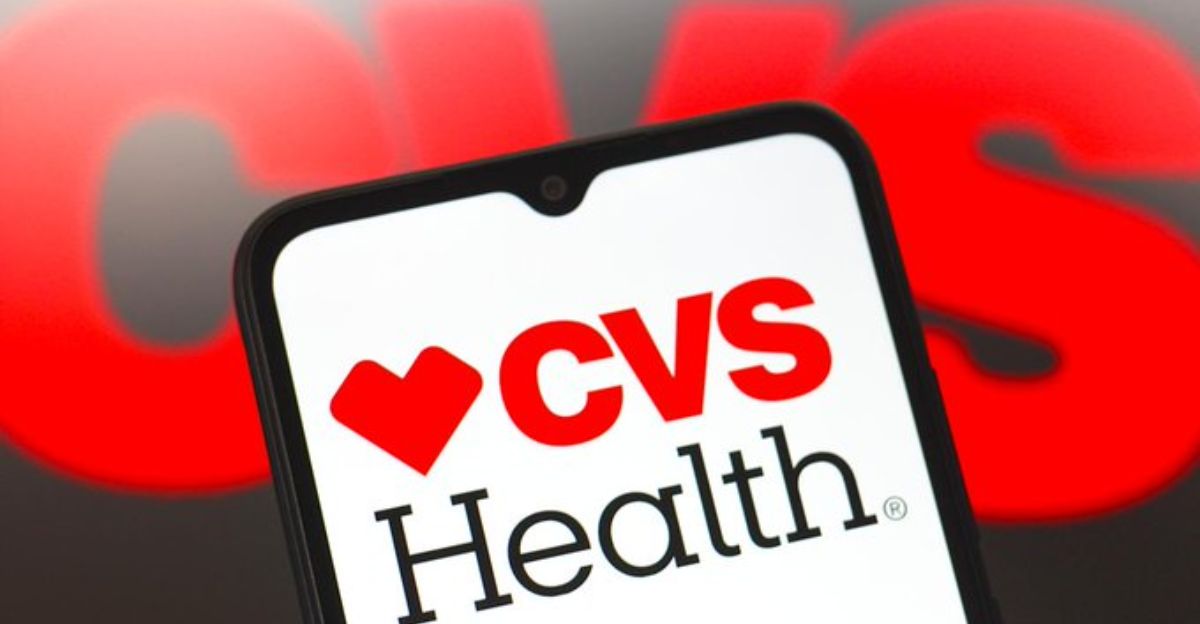
CVS aggressively expands its HealthHUB footprint, aiming for 1,500 locations by 2025, but it targets wealthy, suburban markets over rural and underserved communities. In Iowa, closures in Ames and Des Moines leave 72,000 residents with a 30-mile round trip to access vaccines or prescriptions.
Meanwhile, CVS pours $30 million into Boston’s Seaport District, a tech-driven neighborhood already served by three CVS stores. It is not about improving care; it’s about optimizing profit with a focus on wealthy zip codes. CVS engages in modern medical redlining, leaving patients with the most significant healthcare needs in the dust while prioritizing those with the most money.
The Decline of Independent Pharmacies

Independent pharmacies represent more than half of all closures since 2019 (54%), all because of a system rigged in favor of CVS and other corporate behemoths.
When CVS shutsters stores, it rarely leaves room for local entrepreneurs to step in. Many CVS leases include non-compete clauses that block new pharmacies from opening nearby, even if the location sits vacant.
In Birmingham, the former CVS at 3303 Clairmont Avenue remains closed and unusable despite high community demand. It is no accident; it’s a deliberate tactic. CVS creates pharmacy deserts, then re-enters those markets digitally, monopolizing prescription fulfillment through mail-order operations that bypass local healthcare infrastructure entirely.
The Crisis of Limited Healthcare Access in Rural Areas
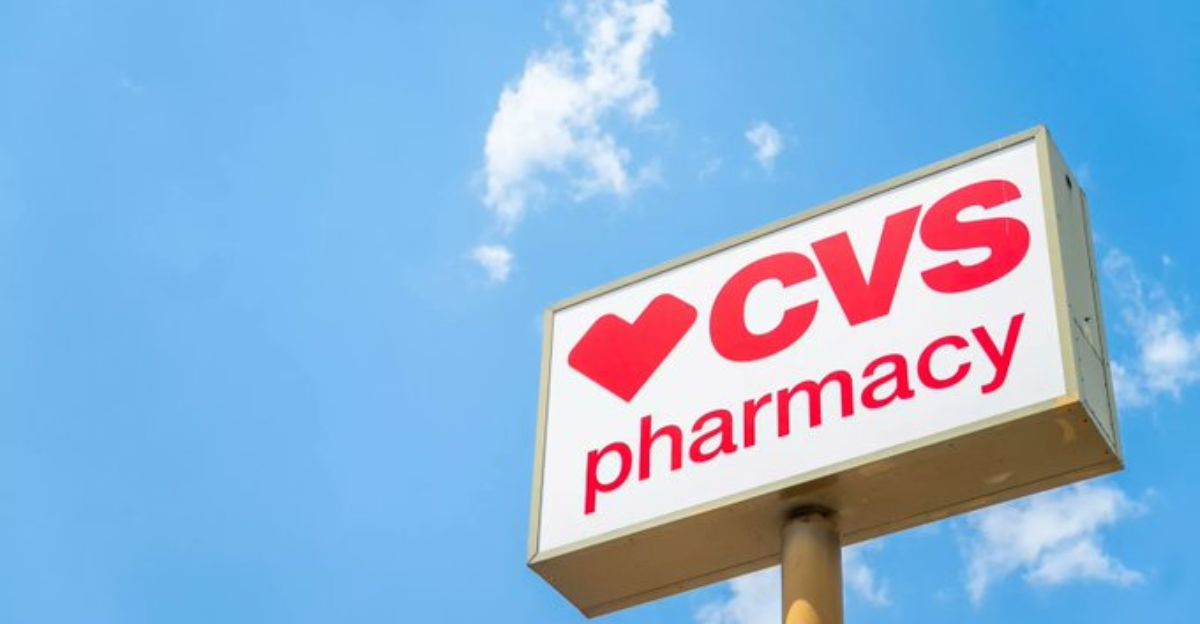
Rural pharmacies are more than drug dispensaries; they double as mini health clinics, performing 250% more non-prescription services than their urban counterparts. These roles are critical, from diabetes counseling to opioid overdose interventions.
When CVS closed locations in Missouri’s Independence and Saint Louis County, 19,000 Medicare patients were outside the 15-mile access radius set by the Centers for Medicare & Medicaid Services (CMS).
Without local options, patients delay care, leading to worsening outcomes. A Johns Hopkins study shows that areas with pharmacy closures experienced an 18% increase in chronic disease emergency room visits. CVS isn’t just closing stores; it is closing lifelines.
How CVS’s Strategy Could Transform Community Care
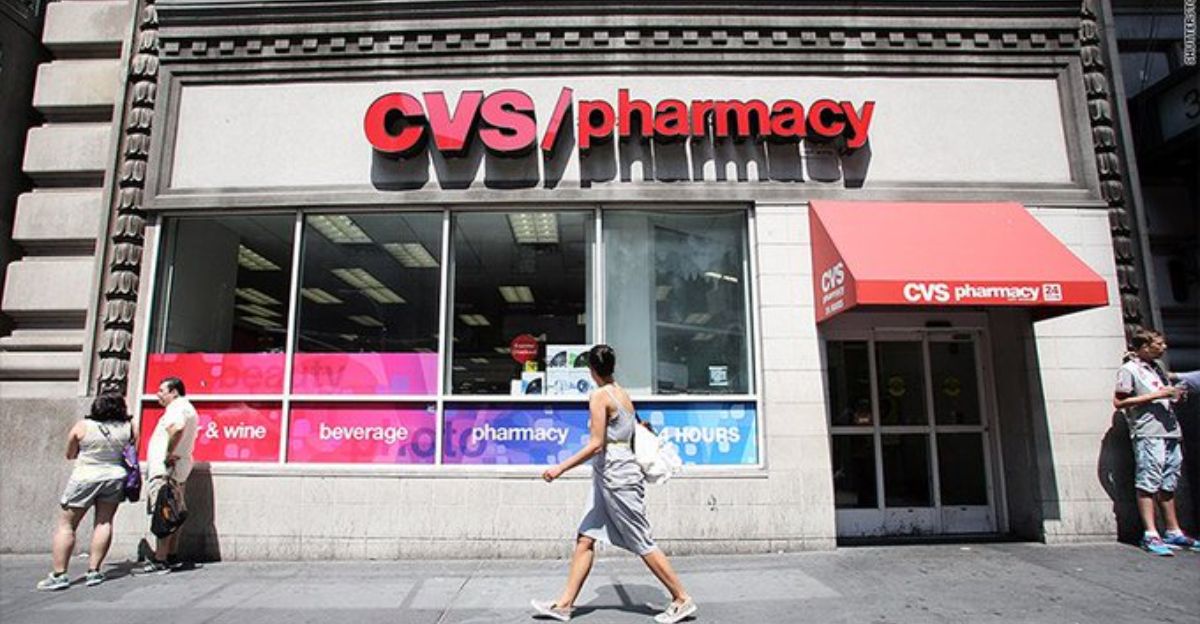
As ironic as it sounds, CVS’s drastic cutbacks might prompt innovation in transforming healthcare delivery by improving access, integrating technology, and prioritizing patient-centred care.
By closing unproductive stores, CVS liberated capital for HealthHUB memberships for $99/month, allowing for preventive services. Members received services such as screenings, chronic disease management, and mental health support.
In pilot programs based in Fairfax, VA, HealthHUB members had 28% fewer hospitalizations, demonstrating that integrated, subscription-based models might hold promise. However, a moral trade-off emerges: your ability to pay determines your access. People of means receive concierge care. Those of limited means (and uninsured) lose a literal representation of care (i.e., brick-and-mortar).
Ways CVS’s Strategy Is Shaping the Future of Community Care

CVS’s closures exemplify the most basic and fatal flaw of America’s privatized healthcare system, emphasizing profit over the patient’s needs. When entities talk about “communities”, they think about their profit streams, not their patients.
To alter the course of policymakers for them to have the power to do so, they must tackle the PBMs, impose restrictions on reimbursement cuts, and support pharmacy co-ops as public health infrastructure.
Community access will endure longer if “stores” are sustained as essential services, like libraries or fire stations. For now, CVS’s tactical retreat is likely to dismantle care networks across the country quietly. In D.C., the closure of 400 Massachusetts Ave NW leaves a nearby homeless shelter without its only source of free wound care.
Discover more trending stories and Follow us to keep inspiration flowing to your feed!

Craving more home and lifestyle inspiration? Hit Follow to keep the creativity flowing, and let us know your thoughts in the comments below!
